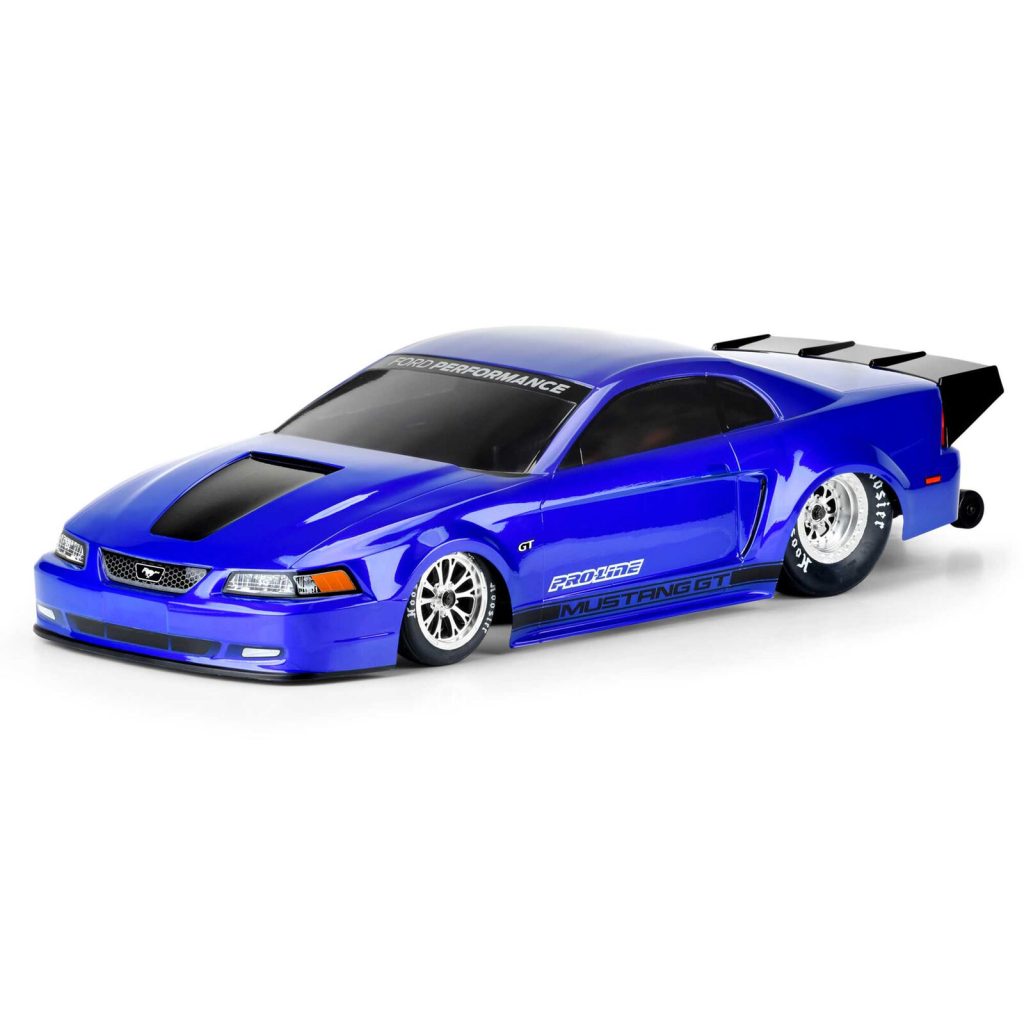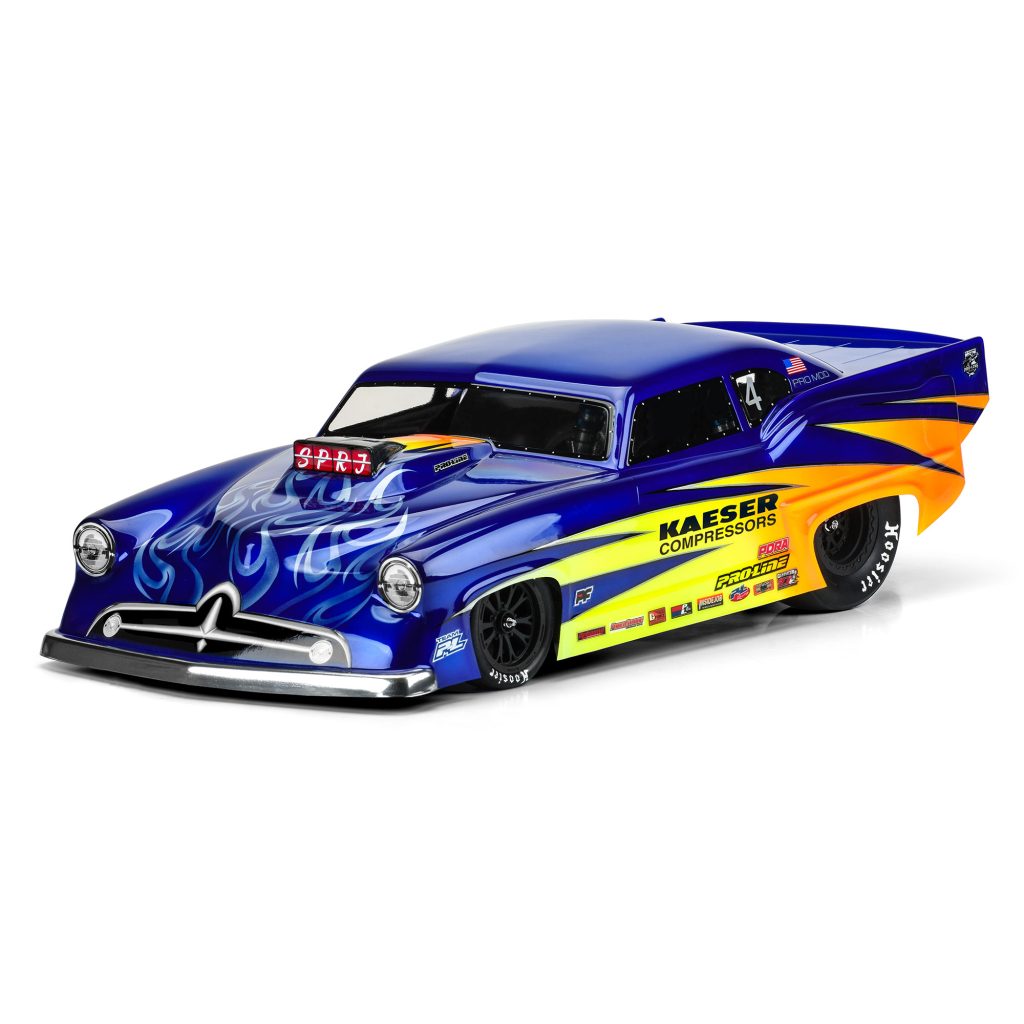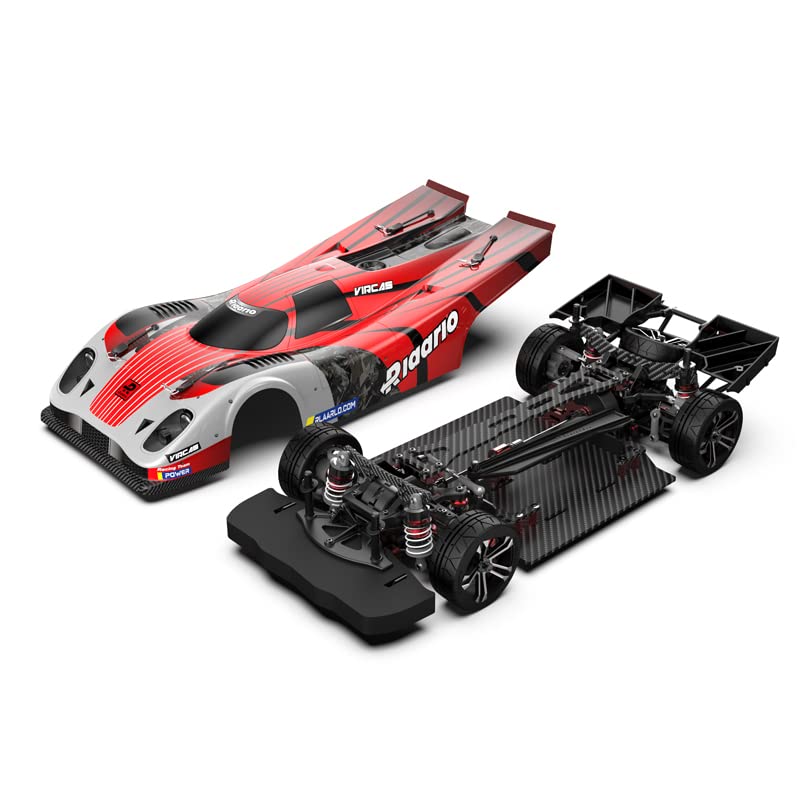Introduction: What Are RC Drag Cars?
RC drag cars are remote-controlled vehicles designed for high-speed racing on straight tracks. They mimic real drag racing cars in both appearance and performance. Enthusiasts build, customize, and race these cars, enjoying the thrill of competition and speed. The excitement of watching RC drag cars zoom down the track can captivate both participants and spectators alike. In this article, we will explore the components, setup, and community behind RC drag racing.
The Basics of RC Drag Racing
Types of RC Drag Cars
There are various types of RC drag cars. Some are ready-to-run (RTR), meaning they come fully assembled, while others are kits that require assembly. Nitro drag cars use gas engines, offering loud, explosive power. Electric drag cars run on battery power, providing quieter operation and smoother performance.
Each type has its own set of advantages. Nitro cars can reach high speeds quickly but require more maintenance. Electric cars are easier to manage and can be raced for extended periods. Understanding these differences helps enthusiasts choose the right car for their needs.
Components of RC Drag Cars
The essential components of an RC drag car include the chassis, motor, tires, and electronics. The chassis serves as the backbone, influencing the car’s weight and balance. A lightweight and rigid chassis improves speed and handling. Motors come in different types, including brushed and brushless options, each offering varying performance levels.
Tires play a crucial role in grip and stability. Drag-specific tires provide maximum traction on straight tracks. Additionally, electronics, such as speed controllers and receivers, are vital for managing power and responsiveness. Attention to each component can significantly affect racing performance.

Building Your Own RC Drag Car
Choosing the Right Kit
Building an RC drag car can be rewarding. Many enthusiasts start with a specific kit. When selecting a kit, consider your skill level and racing goals. Beginners might prefer RTR kits, while more experienced racers might enjoy assembling a custom setup.
There are numerous kits available, featuring various styles and price ranges. Reading reviews and watching videos can help inform your choice. A well-chosen kit sets the foundation for a successful racing experience.
Customization and Upgrades
After building your RC drag car, the fun continues with customization. Upgrades can enhance speed, control, and aesthetics. Common upgrades include better motors, high-performance tires, and improved battery systems.
Customization allows racers to make their cars unique. Paint jobs, decals, and modified bodies can reflect personal style and preferences. Each upgrade not only enhances performance but also adds individuality to the car.
Preparing for Race Day
Maintenance Before Racing
Proper maintenance before racing is essential for peak performance. Check all components, ensuring everything is secure and functioning correctly. Clean the tires to remove debris that could affect traction.
Battery life is crucial for electric cars, so charging batteries before the race is important. Nitro engines require tuning to optimize performance. Ensuring your car is in top shape enhances the racing experience, making it more enjoyable.
Racing Techniques and Tips
Winning in RC drag racing involves mastering specific techniques. Start with practice runs to get comfortable with your car’s handling and power delivery. Knowing how to time your start can give you a competitive edge.
Focus on smooth acceleration and maintaining control during the race. Any sudden movements can affect speed and stability. Observing other racers can provide insights into technique and strategy. Practice and consistency will elevate your performance.

The RC Drag Racing Community
Finding Local Clubs and Events
Joining a local RC drag racing club can enhance your experience. These clubs often hold events, providing opportunities to compete and connect with other enthusiasts. Attending races allows you to learn from experienced racers and share tips and tricks.
Many clubs also offer racetracks equipped for drag racing, ensuring a safe and controlled environment. Participating in club events fosters camaraderie and encourages friendly competition among members. Building relationships within the community enhances the enjoyment of the hobby.
Online Resources and Forums
The internet offers a wealth of resources for RC drag racing enthusiasts. Online forums and social media groups provide platforms for sharing experiences, asking questions, and staying updated on trends.
Many websites offer tutorials, reviews, and instructional videos to help racers improve their skills and knowledge. Engaging with the online community allows for continuous learning and connection with fellow hobbyists across the globe.

Competing in RC Drag Racing Events
Types of Racing Events
RC drag racing features various formats, from local club races to national championships. Most events are timed, with cars racing against the clock. In bracket racing, competitors face off head-to-head, and the fastest advance through rounds.
Some events also feature fun challenges, such as themed races or innovation contests. Each format brings unique dynamics, making competitions exciting. Understanding the different racing styles can prepare racers for event participation.
Preparing for Competitions
Preparation for competitions goes beyond the vehicle. Familiarizing yourself with race rules and guidelines is crucial. Each event may have different regulations regarding car modifications, weight limits, and safety measures.
Arriving early on race day allows you to practice and fine-tune your settings. Networking with fellow competitors can provide valuable insights and create a supportive atmosphere. A well-prepared racer is more likely to enjoy the competition and perform successfully.
The Future of RC Drag Racing
Emerging Technologies
As technology advances, so does the world of RC drag racing. Innovations in battery technology and electric motors lead to faster and more efficient cars. Brushless motors are becoming increasingly popular due to their power and reliability.
Additionally, advancements in remote control technology are enhancing user experiences. Features such as telemetry can provide real-time data, helping racers make informed decisions during races. The future promises exciting developments that could reshape the RC drag racing landscape.
Inspiring New Generations
RC drag racing continues to inspire new generations of enthusiasts. Many clubs focus on providing introductory programs for beginners, promoting the hobby among younger audiences.
Encouraging kids and teens to build and race their own cars fosters creativity and teamwork. The thrill of competition and the joy of improvement keep the spirit of RC racing alive. With a supportive community and evolving technologies, the future of RC drag racing looks promising.
Conclusion: Embracing the Thrills of RC Drag Racing
In conclusion, RC drag racing offers an exhilarating hobby that combines speed, skill, and community. Whether you’re building your own setup or participating in competitive events, the excitement is palpable. Understanding the components, honing your techniques, and engaging with fellow enthusiasts enhance the overall experience.
The diversity of race events and emerging technologies ensure that RC drag racing remains fresh and exciting. By fostering new talent and providing support, the community continues to thrive. Embrace the thrill of RC drag racing, and enjoy the journey through this fast-paced and rewarding hobby. Whether you’re a seasoned racer or a newcomer, the world of RC drag racing welcomes you with open arms.
